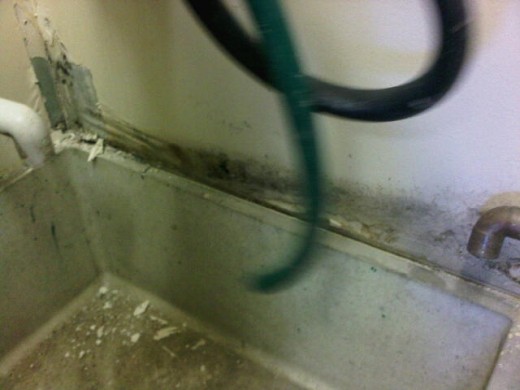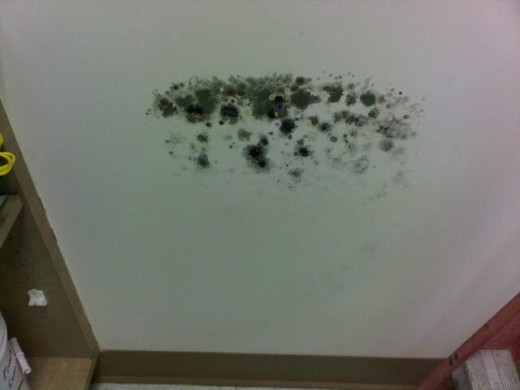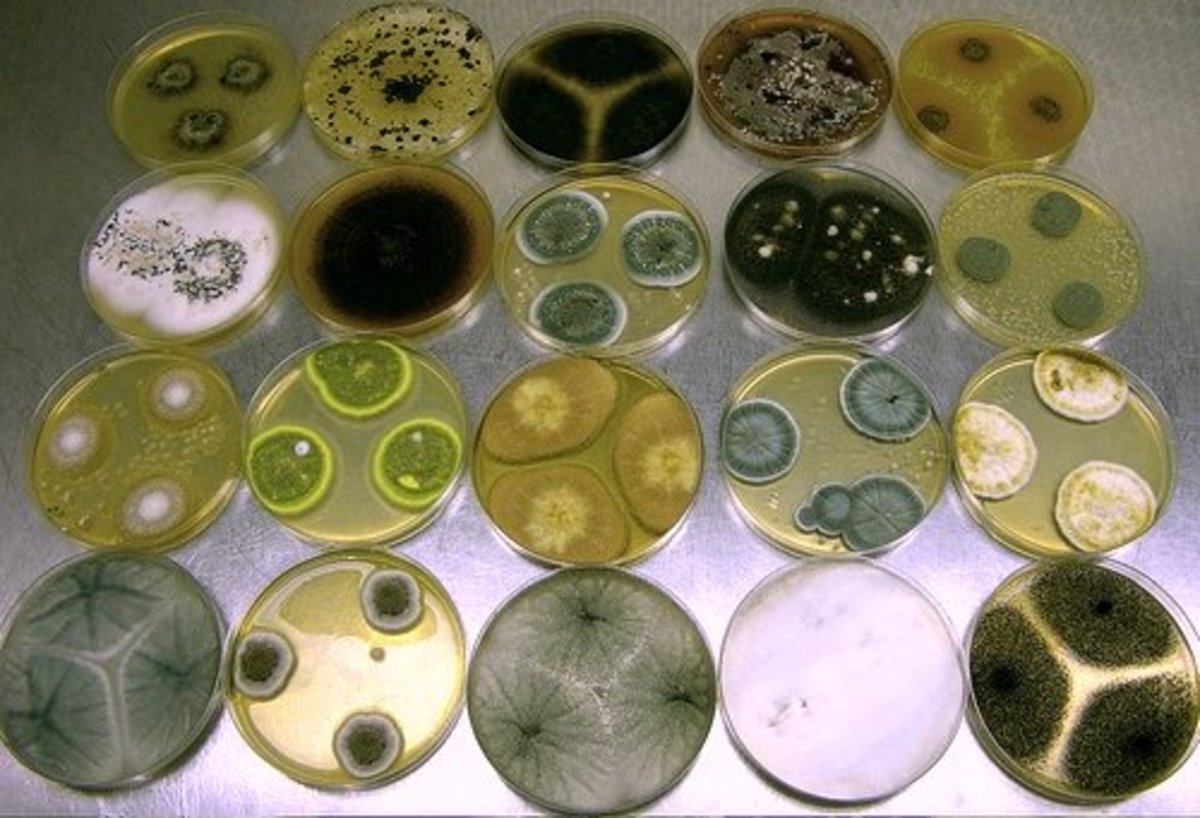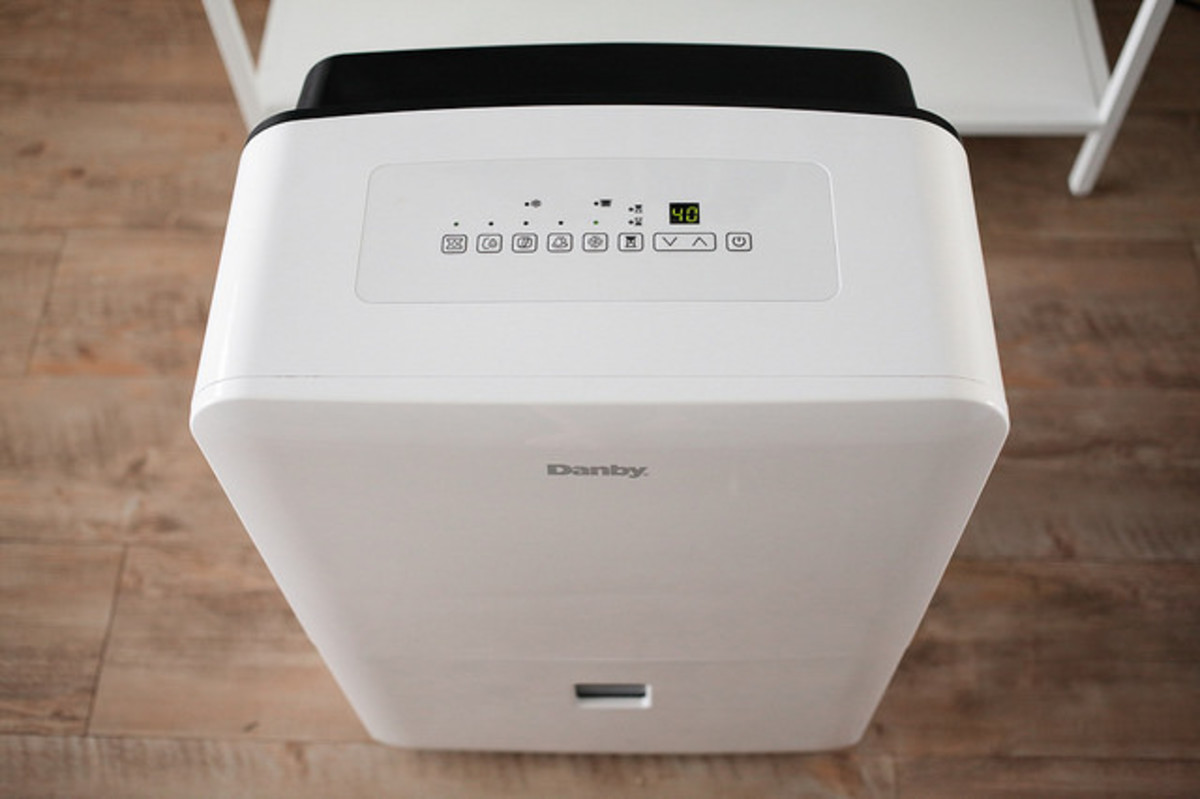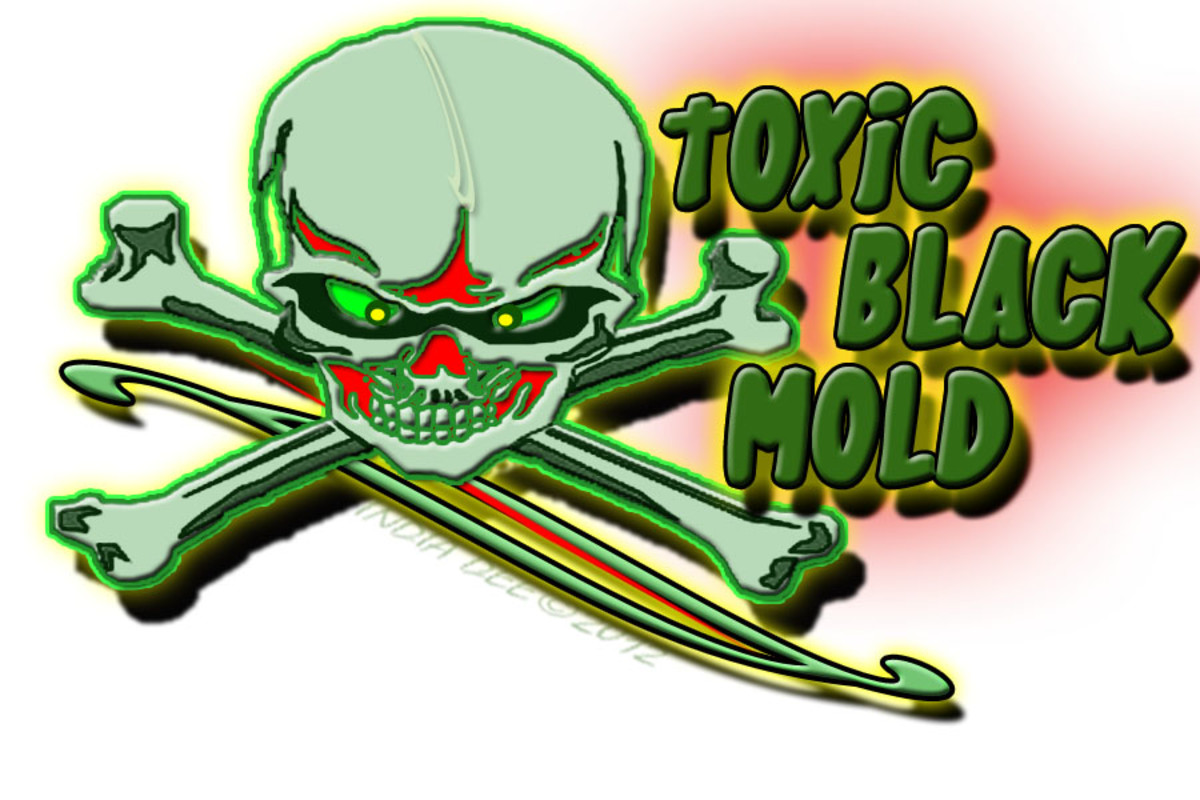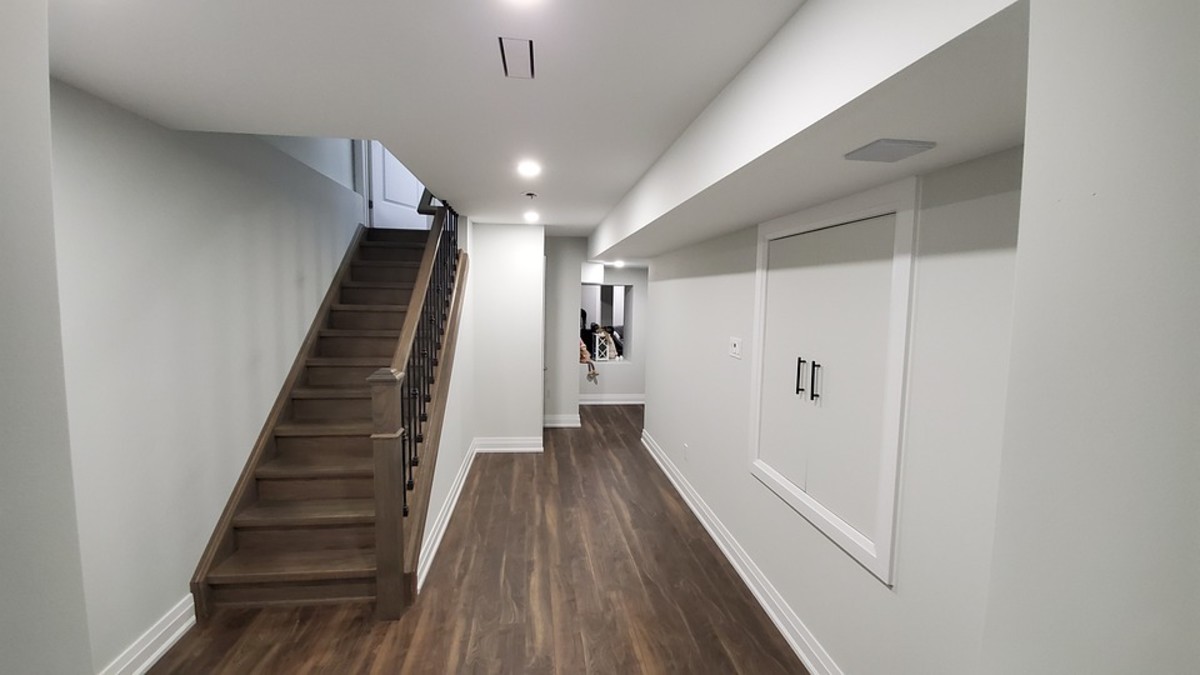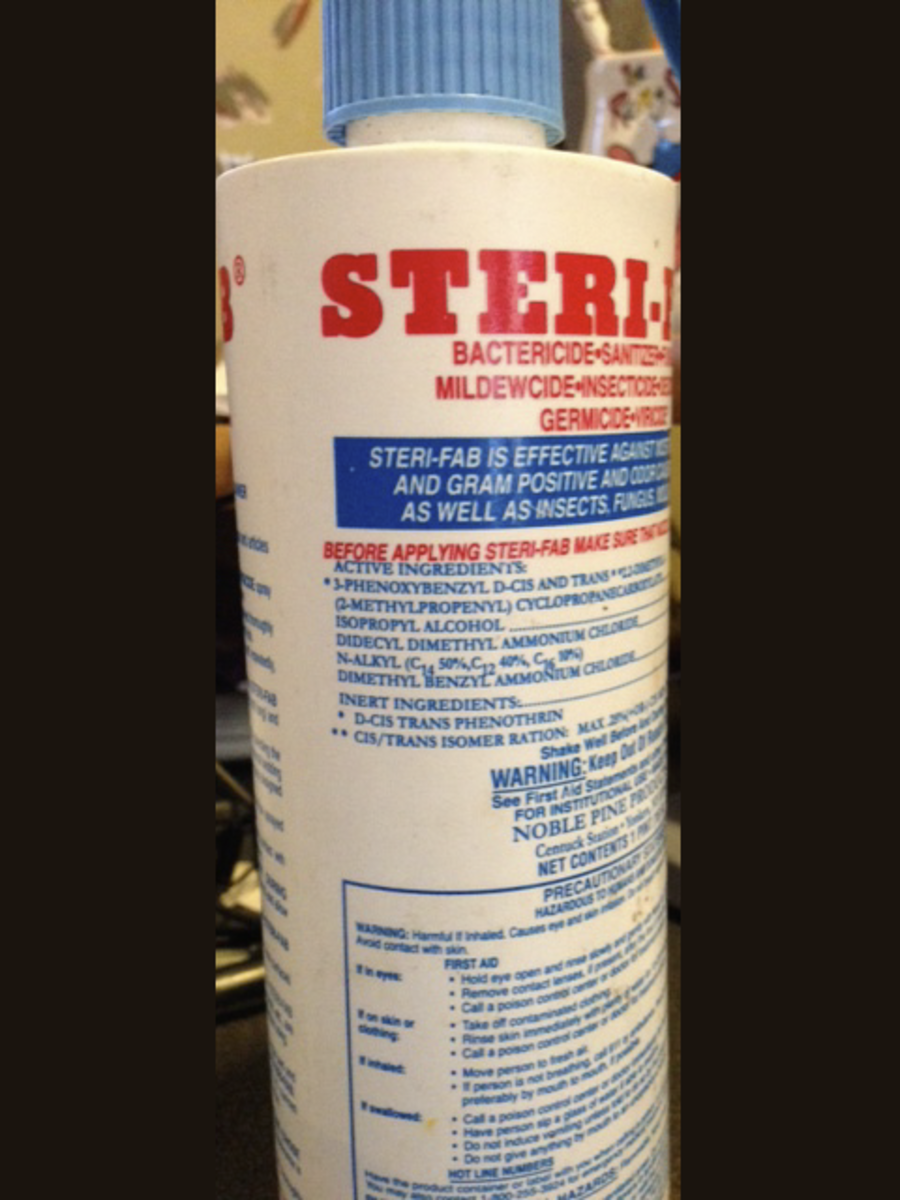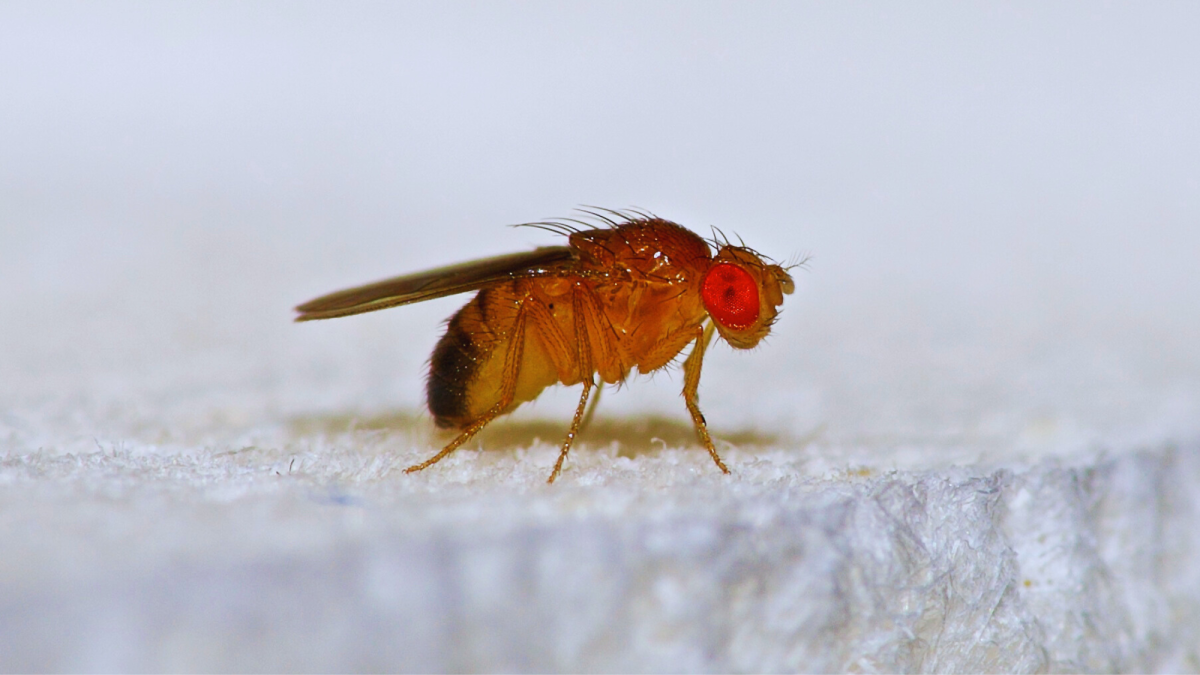How to avoid Mold Intrusion
Easy How To's
How to Avoid Mold Intrusion
To the untrained eye Mold is one of those scary four letter words, but it doesn’t need to be. As Homeowners we are tasked with a multitude of honey do’s but mold preparedness isn’t one to be ignored. Don’t run away, nip it in the bud because if you don’t, it will consume…..
As a Certified Mold Remediator and Environmental business owner I come in contact with mold daily. Often times in situations that could have been avoided had the simplest of details not been overlooked.
Here are some easy, inexpensive steps to take that will help ‘mold proof’ your home:
- Check wet areas frequently for potential leaks. These areas include but are not limited to:
- Plumbing lines – under sinks, toilets, around showers and tubs, refrigerator water lines, washing machines, reverse osmosis systems, water heater, water softener systems, HVAC condensation lines, swamp cooler water line, dog doors, exterior hose bibs and sprinklers near the exterior walls of your home. It is never a good idea to have water ponding next to the exterior walls of your home.
- Regularly check and install/re-install caulking around wet areas. Ensure the caulking you are using is an indoor/outdoor waterproof caulk. As your house is settling your caulking will require touch up. I have an annual maintenance program in place for my home and checking the caulking is at the top of the list.
- Windows are notorious for water leaks. Keep them clean and caulked and while you’re at it, check the caulking around all your exterior doors - both inside and out.
- Keep your gutters, HVAC condensation pans and Swamp cooler pans free of debris. If they get clogged the water will back up and find a way out causing further damage and potential mold growth.
- Last but certainly not least, if you have access to your attic look for water intrusion. Roof leaks are a key component in water damage leading to mold and costly roof repairs/replacements.
What many people don’t realize is that it only takes 24 hours for mold to grow. All that is required is water and something as simple as a piece of hair as a food source. The general rule of thumb when dealing with mold is, “Looks like mold, is mold, remove mold.”
As homeowners mold remediation is not regulated, but the EPA (Environmental Protection Agency) does have a guide for Mold Remediation in Schools and Commercial Buildings that is full of helpful information to understand the aspects of mold remediation. It is available via this link at www.epa.gov/mold.
If your home has mold growth the first thing you must do is locate the source and repair/remove it. After that you need to assess the damages and determine if the remediation needed is something you can handle or if you feel you need to bring in an outside source. But don’t be fooled, if the water damage isn’t extensive then the cost to clean it up shouldn’t be either.
The CDC (Center for Disease Control) has a free online guide for Homeowners called “A Brief Guide to Mold, Moisture and your Home” via this link http://www.epa.gov/iaq/molds/images/moldguide.pdf. I recommend reading this before making any decisions regarding your clean-up process.
If you have determined that the scope of work for your project is out of your circle of influence, please keep the following in mind when interviewing potential remediation specialists:
- Get 3 bids from reputable companies
- Ask them for a list of references you can call for feedback. If they won’t provide you with this then they aren’t the contractor for you.
- Check their Better Business Bureau rating and complaints. If the complaints aren’t resolved, don’t be afraid to ask why.
- Ask friends and co-workers for recommendations then research these online via the company’s websites as well as with the Better Business Bureau.
- Don’t be afraid to ask questions, any reputable contractor will gladly answer them as well as keep you informed throughout the process. Remember, this is your home.
- tltravis, AKA Tammy Stephens is a Certified Mold Remediator.
